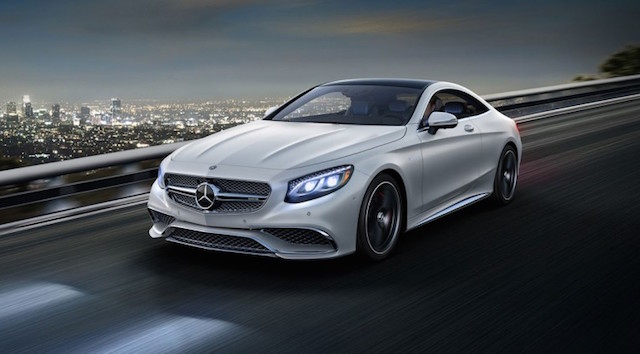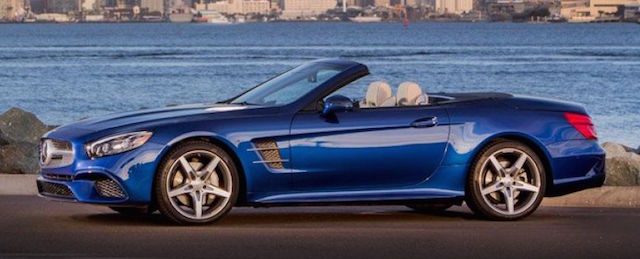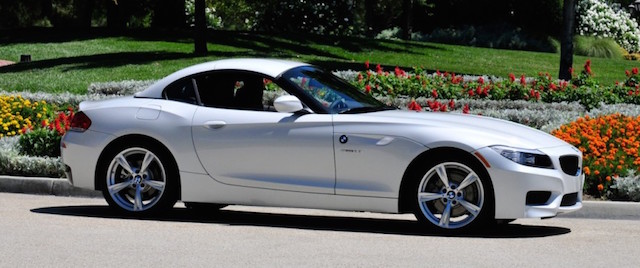
Carmakers often privately admit that they have too many models – and now luxury Germans BMW and Mercedes-Benz have said as much, adding that they will cut back on variants.
Likely to get the chop first are offerings in the two-door coupe and convertible range. It’s a segment where sales traditionally flare on launch and then quickly slow down.
BMW sales and marketing chief Ian Robertson told reporters at the Geneva motor show: “The checkerboard of body styles and segments is rather full. We’ve taken decisions … some body styles will be removed in the future”.
Mercedes-Benz brand boss Dieter Zetsche said that while the company would continue to make two-door vehicles, they may not come “in the variety we are having them right now”.
He said that while expansion into China and other emerging markets was good for sedan sales, “they did not take up speciality cars”, like coupes and convertibles.
In the past 15 years or so both carmakers have grown their model ranges. BMW once pretty much had 3-Series, 5-Series, 7-Series variants. Same with Mercedes-Benz and its C-Class, E-Class, S-Class.
Today they have every-which-way offerings: hatchbacks, sedans, two-door coupes and convertibles, four-door coupes, SUVs, SUV coupes, among them go-fast specialty models.
Robertson said there was a trend towards four-door coupes, which offer easy rear seat access combined with the lower seating position of a traditional two-door coupe.
Sales of two-door sports cars would continue to struggle, he said. One of the reasons BMW paired with Toyota to develop the upcoming rear-drive Z5 and Supra on the same modular chassis was to share costs.
But to avoid cannibalisation – as happened with the ‘Toyobaru’, the Toyota 86 and Subaru BRZ coupes – the BMW Z5 remains a soft-top convertible, with a straight-six engine, and the Toyota Supra a hardtop, with a V6.
BMW is also engineering an ‘M’ version of the Z5, likely to get a turbocharged straight-six good for 335kW. Expect a host of other upgrades, including better brakes and suspension systems.


